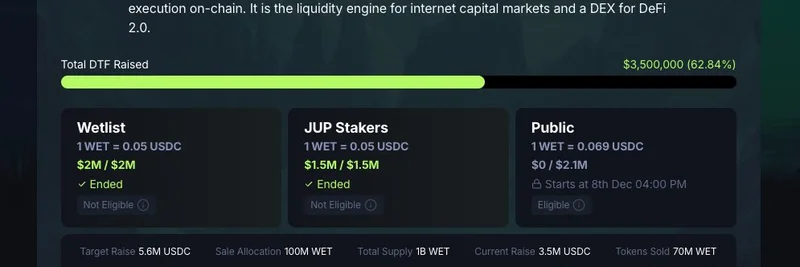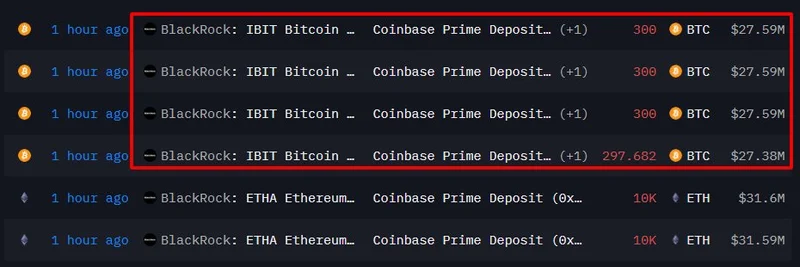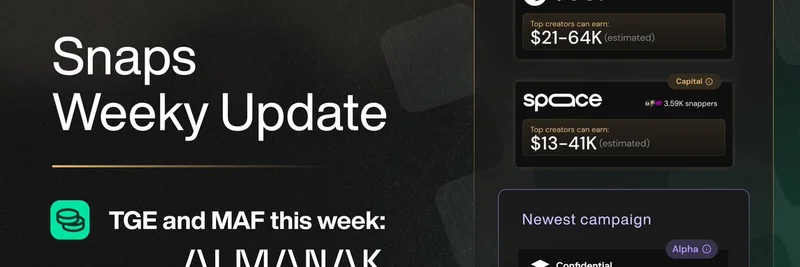Hey there, crypto enthusiasts! If you’ve been keeping an eye on the Ethereum (ETH) ecosystem lately, you might have noticed some chatter about its identity crisis. A recent tweet from Neso on July 2, 2025, sparked an interesting debate: does ETH need a "narrative master" to redefine its story? Let’s dive into this idea and explore why a fresh narrative could be the key to Ethereum’s future success.
Why the Old "World Computer" Narrative Isn’t Cutting It
Back in the day, Ethereum was pitched as the "World Computer"—a blockchain capable of running smart contracts and decentralized apps (dApps) on a global scale. It was a bold vision! However, as Neso points out, this label hasn’t quite resonated with everyone. People are more excited about artificial intelligence (AI) being dubbed the future "World Computer." The original narrative feels a bit outdated, especially when competing blockchains and AI projects are stealing the spotlight.
The tweet references a deeper discussion from 蓝狐 @lanhubiji, suggesting that Ethereum needs strong leadership to navigate its challenges, like the fragmented Layer 2 (L2) solutions. But beyond leadership, a compelling story could unify the community and attract new users. The "World Computer" idea, while innovative in 2014, might not hold the same magic in 2025.
The Rise of the "World Ledger" Concept
Neso suggests that Ethereum’s current pivot to the "World Ledger" narrative is a step in the right direction. Think of a "World Ledger" as a global, tamper-proof record-keeping system—perfect for tracking assets, transactions, and even meme tokens! This shift aligns with Ethereum’s growing role in decentralized finance (DeFi) and institutional adoption, like the Strategic ETH Reserve concept gaining traction.
However, Neso argues this still isn’t "sexy" enough. A narrative master could take this further—perhaps branding ETH as the "Global Trust Engine" or the "Decentralized Backbone of the Future." These catchy phrases could spark excitement and make Ethereum stand out in a crowded crypto market.
The Role of a Narrative Master
So, who is this mysterious "narrative master"? It could be someone like Vitalik Buterin, Ethereum’s co-founder, or a new voice in the community. Their job? To craft a story that’s easy to understand and emotionally engaging. For example, meme tokens like Pepe thrive on quirky, community-driven narratives—could ETH borrow some of that energy?
A narrative master would also need to address real issues, like the L2 fragmentation mentioned in the original thread. By tying the story to practical solutions, they could boost confidence in ETH’s price and ecosystem security. Imagine a campaign that says, "Ethereum: Where Your Future Is Secure and Scalable!"
Meme Tokens and the Power of Storytelling
Speaking of memes, the images in Neso’s thread (like the "FREN PILL" capsules) hint at the cultural influence of meme tokens. These playful assets often rely on strong narratives to drive adoption—think of how Dogecoin became a household name. Ethereum could learn from this by infusing its branding with a bit of humor and community spirit, especially as it competes with flashier projects.
What’s Next for ETH in 2025?
As we move through 2025, Ethereum’s success might hinge on this narrative shift. With institutions exploring Layer 2 solutions and the ecosystem facing leadership challenges (Ethereum Faces Leadership Challenges), a fresh story could be the glue that holds it all together. Whether it’s a "World Ledger" evolution or a totally new tagline, the crypto world is watching.
What do you think? Should Ethereum lean into a serious "Global Trust Engine" vibe or spice it up with some meme-inspired flair? Drop your thoughts in the comments, and stay tuned to meme-insider.com for more crypto insights!




